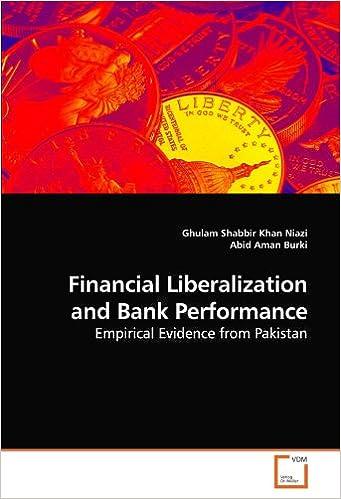Question
Public equity Which of the following is NOT a main step in going through an IPO? Engaging underwriter(s) Firm valuation Road show Speaking with competitors
Public equity
- Which of the following is NOT a main step in going through an IPO?
- Engaging underwriter(s)
- Firm valuation
- Road show
- Speaking with competitors on how much money to raise
- Which is INCORRECT about underwriters?
- Underwriters usually charge a higher spread for smaller deals
- 7% is a typical IPO spread charged by underwriters.
- Sometimes when the deal is too big, underwriters can team up to share risk.
- Underwriters are typically private equity firms that are interested in holding the IPO firms shares for a long time.
- Which is NOT a potential explanation for IPO short-term underpricing?
- Underwriters can unload more shares at a lower price.
- High returns on the first trading day attracts investors.
- Due to asymmetric information, firms need to lower price so outside investors are willing to invest.
- Firms want to raise more capital
- Which is NOT an IPO puzzle?
- Huge price spikes in the first couple trading days
- Underperformance in the long run
- Extreme IPO market cycles
- Hiring underwriters to do the job
- Which is NOT an SEO puzzle?
- Negative market reaction on average upon SEO announcements
- Long-run underperformance
- Very costly to hire underwriters
- Extreme SEO market cycles
- Which is CORRECT about information asymmetry and adverse selection
- Information asymmetry refers to the situation when buyers have more information on the product than the sellers.
- Information asymmetry is the result of adverse selection.
- In a used car market, if sellers with good cars are unwilling to sell at a large discount, then only bad cars will get sold. This suboptimal outcome is so-called adverse selection.
- Due to information asymmetry, market investors interpret firms SEO announcement positively because they believe insiders consider the firm undervalued.
Debt financing
7. Which of the following is NOT an advantage of private debt over public debt?
A) It is liquid.
B) It need not be registered with the U.S. Securities and Exchange Commission.
C) It has to have interest and principal payments made upon it.
D) It does not dilute the ownership of a firm.
8. In terms of public offerings of bonds, what is an indenture?
A) a list of the duties of a trust company representing the bondholders' interests
B) a memorandum that must be produced to describe the details of a bond offering
C) a formal contract that specifies a firm's obligations to the bondholders
D) a schedule of the fees charged by an underwriting company
9. Which of the following statements regarding the private debt market is FALSE?
A) Private debt has the advantage that it avoids the cost of registration.
B) Bank loans are an example of private debtdebt that is not publicly traded.
C) Private debt has the disadvantage of being illiquid.
D) The public debt market is larger than the private debt market.
10. When would it make sense for a firm to call a bond issue?
A) when the market price of the bond exceeds the call price, and market interest rates are greater than the bond's coupon rate
B) when the market price of the bond exceeds the call price, and market interest rates are less than the bond's coupon rate
C) when the market price of the bond is less than the call price, and market interest rates are greater than the bond's coupon rate
D) when the market price of the bond is less than the call price, and market interest rates are less than the bond's coupon rate
11. A bond has a face value of $100 and a conversion ratio of 25. What is a good time to convert to equity for bond holders given the following stock price?
A) $0.3
B) $3
C) $5
D) $4
12. A callable bond will typically have a ________ yield than an otherwise identical bond without a call feature because ________.
A) lower, the firm loses flexibility with a callable bond
B) higher, the firm loses flexibility with a callable bond
C) lower, the option to call a bond is valuable
D) higher, the option to call a bond is valuable
Step by Step Solution
There are 3 Steps involved in it
Step: 1

Get Instant Access to Expert-Tailored Solutions
See step-by-step solutions with expert insights and AI powered tools for academic success
Step: 2

Step: 3

Ace Your Homework with AI
Get the answers you need in no time with our AI-driven, step-by-step assistance
Get Started


